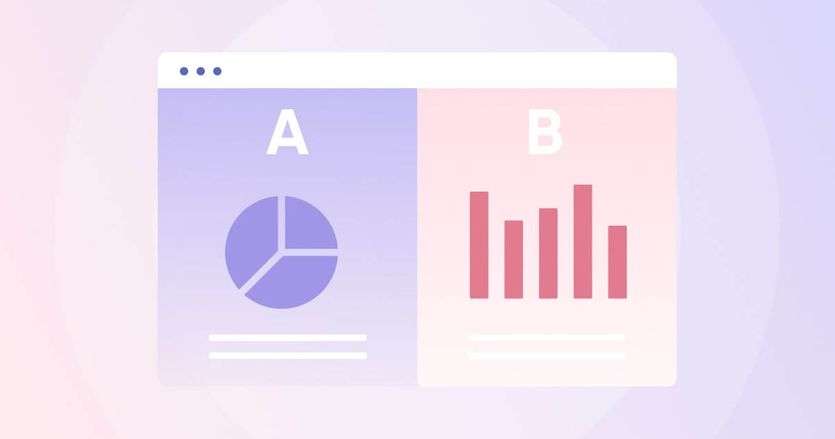As a website owner, your primary objective is to provide your audience with the best possible user experience. To achieve this goal, you need to make sure that your website's design and functionality are up to par. One effective method of achieving this is through A/B testing. In this article, we will discuss the benefits of A/B testing in web design and how it can help you continuously improve your website and enhance user experience.
What is A/B Testing?
A/B testing is a technique used to compare two different versions of a website, email, or landing page to determine which one performs better. The process involves creating two versions of the same page and presenting them to different segments of your audience. The aim is to identify which version performs better in terms of user engagement, conversion rates, and other metrics.
Benefits of A/B Testing in Web Design
Enhances User Experience One of the primary benefits of A/B testing in web design is that it helps you to improve user experience. By creating two versions of the same page and comparing their performance, you can identify design elements that resonate better with your audience. This could include changes to the layout, colors, fonts, images, and other design elements. By continuously making these improvements, you can create a website that is tailored to your audience's preferences, resulting in a better user experience. Increases Conversion Rates A/B testing is also an effective way of increasing conversion rates. By comparing different versions of your website, you can identify design elements that are more likely to convert visitors into customers. This could include changes to the call-to-action (CTA) button, the headline, or the offer. By making these changes, you can increase the likelihood of visitors taking the desired action, such as making a purchase, signing up for a newsletter, or filling out a form. Reduces Bounce Rates Another benefit of A/B testing is that it can help to reduce bounce rates. Bounce rate is a metric that measures the percentage of visitors who leave your website after viewing only one page. By identifying design elements that cause visitors to bounce, you can make changes that encourage them to stay longer and engage with your website. This could include changes to the layout, the content, or the loading speed of your website. Improves SEO A/B testing can also help to improve your website's search engine optimization (SEO) performance. By identifying design elements that improve user engagement and reduce bounce rates, you can create a website that is more appealing to both users and search engines. This could result in higher search engine rankings, more organic traffic, and ultimately, more customers. How to Perform A/B Testing
- To perform A/B testing, you need to follow these steps:
- Identify the elements you want to test: This could include design elements, copy, or offers.
- Create two versions of the page: Make sure that the two versions differ only in the element you want to test.
- Split your audience: Randomly present one version to a segment of your audience and the other version to another segment.
- Measure the results: Analyze the data from each version and identify the version that performs better.
- Implement the winning version: Make the changes to your website based on the results of the A/B test. A/B testing is a powerful technique that can help you continuously improve your website's design and functionality. By identifying design elements that perform better, you can create a website that is tailored to your audience's preferences, resulting in a better user experience, higher conversion rates, and lower bounce rates. To get the most out of A/B testing, make sure to test one element at a time, use a large enough sample size, and always measure the results.




